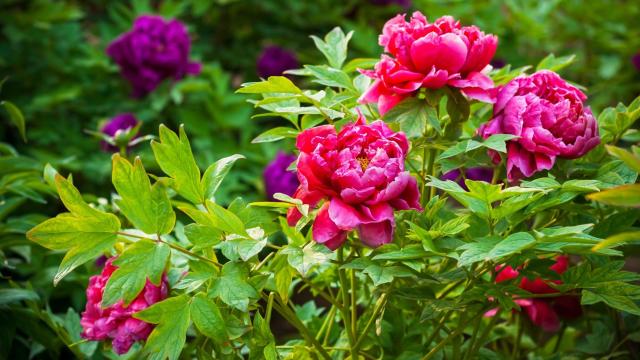Allergies are, quite literally, irritating. They turn what’s supposed to be your serene outdoor space into a sneeze-inducing hellscape. In the United States, approximately 19.2 million adults and 5.2 million children have allergic rhinitis — better known as hay fever, according to the Asthma and Allergy Foundation of America.
But the good news is that there are flower options for basically everyone — even people who have hay fever. The trick is, picking the right plants. Here are six hay-fever-friendly flowers that you might want to consider.
Flowers for people with hay fever
Of course, you’ll also have to take factors like your local environment and weather into consideration, but here are a few flower options to get you started, courtesy of Interflora:
Snapdragons
Also known as Antirrhinums, snapdragons have tightly closed buds that keep the release of pollen to a minimum. “Said to portray the meaning of ‘gracious lady,’ these blooms provide nectar for bumble bees who are one of the few insects that are able to ‘open’ the flower,” according to Interflora.
Peonies
This popular summer flower with “large, luxurious taffeta-like flower heads” is a good choice for people with hay fever because it is pollinated by insects, rather than the wind.
Roses
As it turns out, people with allergies can, in fact, stop to smell the roses. That’s because roses only release small amounts of pollen into the air. Opt for the tight-budded varieties for even less pollen exposure.
Gladiolus
Gladioli originated in South Africa and have blooms containing pollen that is thick and sticky. This means that they’re usually pollinated by bees, instead of the pollen being transferred by the wind.
Astrantia
According to Interflora, “Astrantia was first cultivated in Britain in the 16th century and became a cottage garden favourite, which can also be found growing in the wild.” They also tend to have lower levels of pollen.
Hydrangeas
Like many of the other flowers on the list, hydrangeas rely on bees for pollination — meaning their natural design discourages pollen from drifting into the wind (and then making us sneeze).

Leave a Reply
You must be logged in to post a comment.